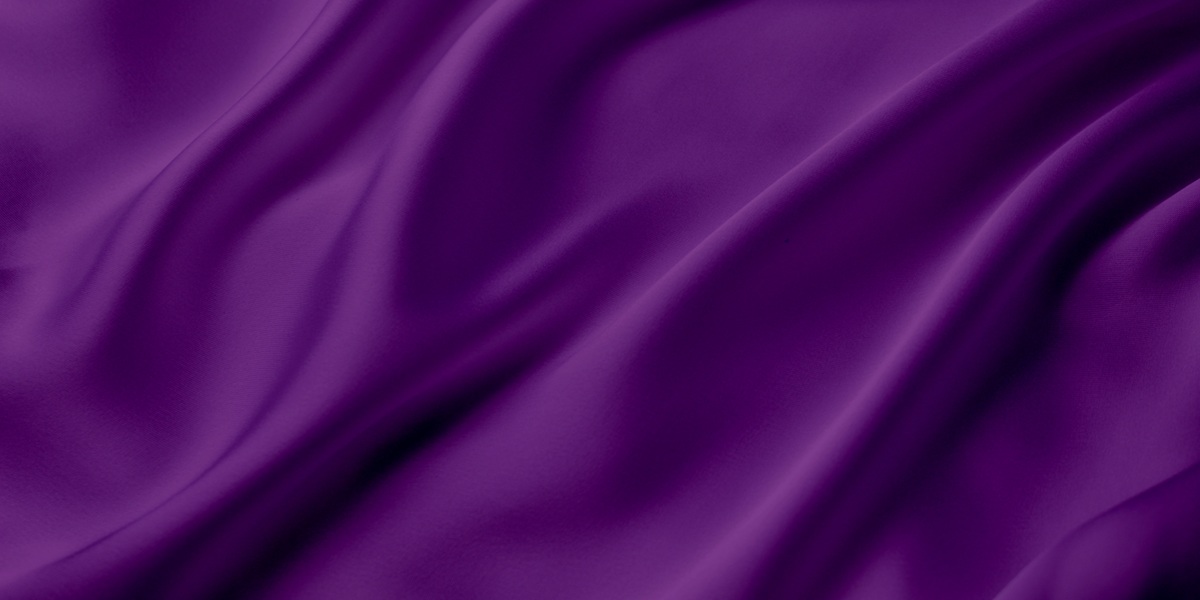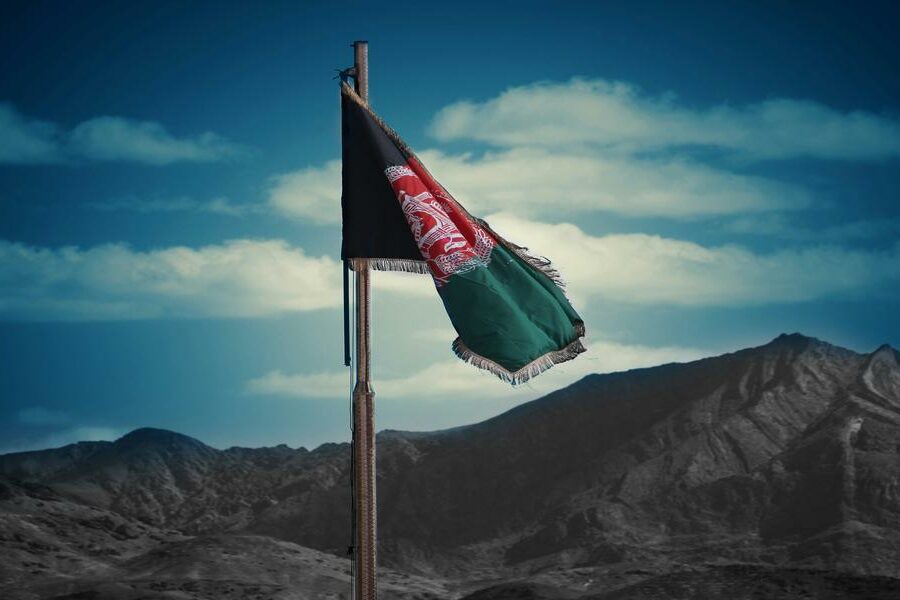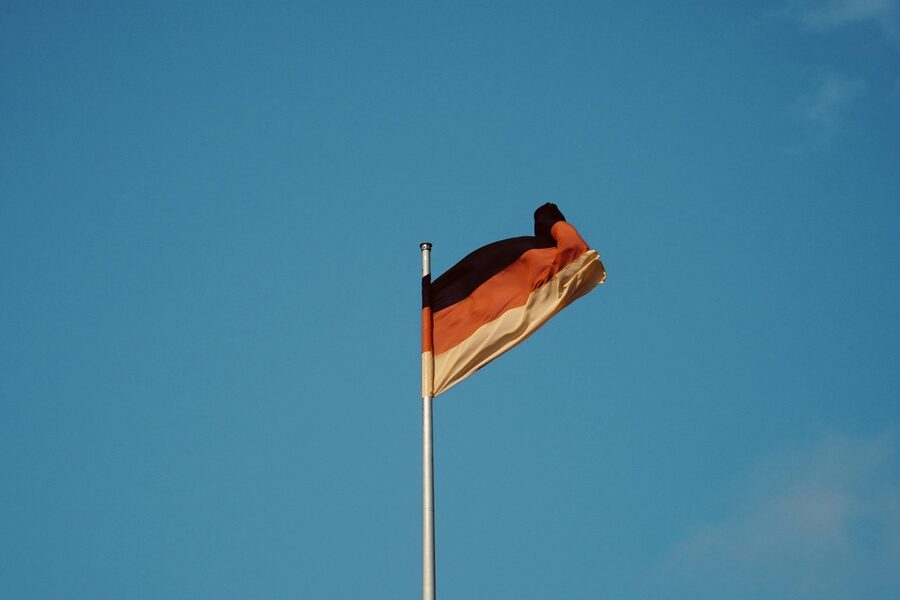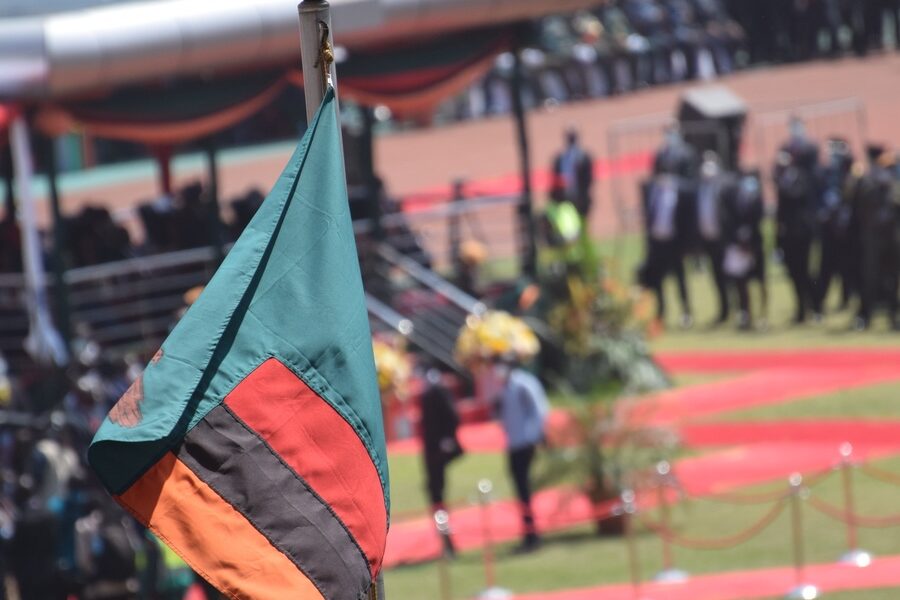There are very few countries with purple on their flags—only six notable examples, including both current and historical flags. Purple is rare because the dye was once expensive and hard to make. This color often symbolizes royalty, power, or special meaning, but most nations avoided using it in their flags. Some flags, like Dominica’s and Nicaragua’s, include small purple details, while others, such as Bolivia’s Wiphala or the historic Second Spanish Republic flag, feature purple to represent unique cultural or political ideas.
Below is a table that highlights these flags with purple details, listing their name, a short description of the purple element, and whether the flag is currently in use or historical.
Flag (emoji) This column shows the emoji of each country’s flag or historical banner to give a quick visual reference.
Purple Detail This explains which part of the flag contains purple, such as a stripe, symbol, or small design.
Status This tells you if the flag is still used today or if it belongs to a past era.
countries with purple flags
| Country | Flag (emoji) | Purple Detail | Status |
|---|---|---|---|
| Dominica | 🇩🇲 | Sisserou parrot | Current |
| Nicaragua | 🇳🇮 | Rainbow in coat of arms | Current |
| Bolivia | 🇧🇴 | Purple stripe on the Wiphala | Current |
| Second Spanish Republic | 🇪🇸 | Horizontal stripe | Historical |
| Ethiopian Empire | 🇪🇹 | Regalia on the Lion of Judah | Historical |
| United Provinces of Central America | 🇬🇹 | Rainbow in coat of arms | Historical |
Descriptions
Dominica
The flag of Dominica is one of only two current national flags to feature purple. The color appears on the Sisserou parrot, the national bird, celebrating the island’s unique natural heritage.
Nicaragua
The purple in Nicaragua’s flag is a tiny detail many people miss. It’s the bottom stripe of a small rainbow in the central coat of arms, which symbolizes peace and a brighter future.
Bolivia
The Wiphala, a flag representing native Andean peoples, was made a co-official national flag in 2009. Its purple stripe represents Andean political ideology and the sovereignty of the Inca Empire.
Second Spanish Republic
The flag of the Second Spanish Republic (1931-1939) is a famous example of purple on a national flag. The purple stripe (morado) was added to represent the people of Castile and to signal a complete break from the country’s royalist red and yellow past.
Ethiopian Empire
While not on the common tricolor, the Imperial Standard of Emperor Haile Selassie often featured a crowned Lion of Judah holding a cross. Purple, a color of royalty, was sometimes used for the crown’s lining or ribbons on the standard.
United Provinces of Central America
This historical flag (1823-1839), the predecessor to those of Guatemala, Nicaragua, and others, featured a coat of arms with a rainbow. Some depictions included a faint purple/violet stripe, a tradition subtly continued in Nicaragua’s modern flag.






